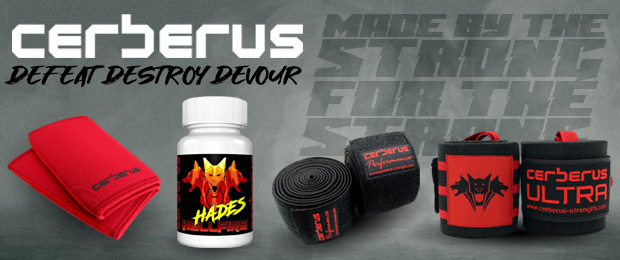
Powerlifting program can be pretty predictable at times, I can't tell you how many 4 day splits of “squat bench dead press” that I’ve seen in my relatively brief exposure to the sport.
Don’t get me wrong, there’s sophistication in simplicity, and there is a lot of noise and ignorance out there being masked behind “complex programming” . But some depth in thought process goes a long way in such a variable controlled sport.
Simply put you can breakdown exercises into training movements, muscles or joints.
Movements- the Squat bench and deadlift and their subsequent accessories are obvious staples, cornerstones in any powerlifting program. Periodized, percentaged and meticulously tracked these movements are the centerpiece of any program, and in some programs, these movements become the only show in town.
Muscles- Less frequently tracked, but still often utilized, training muscles is an emergent practice, especially with the rise of Raw powerlifting over the last ten years. Most podiums at the big meets are starting to resemble the bodybuilding stage. Lifters, especially the good ones, know that muscle moves weight, so training muscles is and should be held in high regard.
Joints- Training joints as a conceptual framework of exercise selection is the red-headed-middle-stepchild of powerlifting. Yet it's at the level of the joint(s) where the majority of powerlifters problems arise.
“My elbows hurt”
“My ankles are shitty”
These are phrases uttered so often that they’ve almost lost meaning. And what do people do? They go right back to prioritizing their squats and their lat pulldowns and double down on their efforts in training movements and muscles, yet the answer to their problems is staring them directly in the face.
Training Joints:
This subtle frame-shift can be a game-changer for how we appraise, and rank order the importance of certain exercise selection. If your squats are suffering because of an unnecessary shift in the hole coming from a lack of ankle mobility, yet you still begin to neglect calf training because it “doesn’t have carry over” then you might be missing the plot. Don’t look at an exercise like a calf raise as an exercise that falls under training Muscles, because you don’t necessarily see a carryover in building the calf as a muscle group in building any of your lifts. Rather, look at the calf raise as an exercise that trains the ankle, testing greater and greater ranges of Doris-flexion under eccentric load. With that perspective, it's hard to NOT see how a calf raise could carry over into our squats.
This principle can be laterally applied across all joints and all lifts, a subtle yet powerful tool in order to address the bottlenecks in your training.
Stay Strong,
Jordan Shallow









